9 Easy Steps To More Linkedin Ads
9 Easy steps to more LinkedIn Ads
LinkedIn is the world's largest professional network on the internet. You can use LinkedIn to find the right job or internship, connect and strengthen professional relationships, and learn the skills you need to succeed in your career. You can access LinkedIn from a desktop, LinkedIn mobile app, or mobile web experience .LinkedIn is a platform for anyone who is looking to advance their career. This can include people from various professional backgrounds, such as small business owners, students, and job seekers. LinkedIn members can use LinkedIn to tap into a network of professionals, companies, and groups within and beyond their industry.
Table of Content
Paid Marketing Steps
- Create a LinkedIn Page if you don’t have one already
- Log in to Campaign Manager or create an account
- Select your ad objective
- Choose your target audience
- Select an ad format
- Create your budget and schedule20
- Start building your ad
- Provide payment information
- Measure performance
- Be engaging
- Use thought leadership
- Video content is key
- Hashtags are very important
- Share, comment and respond
- Ensure brand authenticity
- Use other social platforms
- Join groups
- Provide regular content
- Test different content for performance
Step 1: Create a LinkedIn Page if you don’t have one already
This is required to create Sponsored Content and Sponsored Messaging Ads. If you need help setting one up, read our guide on LinkedIn for business.
Source: LinkedIn
Step 2: Log in to Campaign Manager or create an account.
The Campaign Manager platform, also known as LinkedIn’s ad manager, will be home to all your advertising activities, such as running campaigns and managing your budget.
Source: LinkedIn
Step 3: Select your ad objective
Think about what type of action you want to inspire among your audience.
Source: LinkedIn
Step 4: Choose your target audience
First, you must choose a location, and then you have the option of adding job title, company name, industry type and personal or professional interests.
If it’s your first campaign, LinkedIn recommends a target audience of at least 50,000 for Sponsored Content and Text Ads. For Message Ads, 15,000 is best.
Source: LinkedIn
You also have the option of connecting with people you already know through Matched Audiences. You can do this by retargeting people who’ve visited your website or uploading a list of email contacts.
Learn more about Matched Audiences here:
Step 5: Select an ad format
Depending on the objective you chose, you’ll be able to pick from Sponsored Content options (single-image, carousel or video ads), Text Ads or Message Ads.
Source: LinkedIn
Step 6: Create your budget and schedule
Campaign Manager will provide a budget range based on other competing bids for your ideal audience.
The initial 2-4 weeks are typically considered a learning experience to figure out what works (or doesn’t). For testing, LinkedIn recommends a daily budget of at least $100 or a monthly budget of $5,000.
Source: LinkedIn
Step 7: Start building your ad
If you opt for Sponsored Content or Text Ads, the Campaign Manager will share previews so you can get a sense of the final look of your ad. In the case of Message Ads, you’ll be able to send yourself a test message.
Step 8: Provide payment information
Before you can debut your ad to the world, you’ll have to provide payment information. Once that’s done, you’re ready to launch!
Source: LinkedIn
Step 9: Measure performance
When you sign in to Campaign Manager, the first thing you’ll see is the reporting dashboard for your LinkedIn ads. From here, you can review performance metrics, access charts and demographics, or export a CSV report. This is also where you’d go for conversion tracking.
Source: LinkedIn
Steps For Organic LinkedIn Marketing
According to research, 80% of business-to-business (B2B) leads from social media are generated by LinkedIn. Organic reach is all about providing valuable information consistently to your audience.
1. Be engaging
Social media, as the word “social” suggests, is about connecting with each other. LinkedIn is the perfect platform to reach out to others within your niche and share valuable knowledge regarding the industry.
Some great methods for more social engagement are to publish video content, keep information up to date, use high quality images and highlight skills and assets. Posting at a consistent rate will take planning and dedication, but will pay off in the end.
A few key points to remember when engaging on LinkedIn;
- Enter keywords in the search box to find people or businesses in your niche
- Add a customized message when requesting to connect so the other party knows it is a valuable and authentic connection request.
2. Use thought leadership
Thought Leadership is a content marketing tool many online marketers use. It’s a process where a business uses their expert knowledge in an industry to answer some of the most challenging questions of their target audience.
The goal is to be recognized as the authority on certain topics of discussion. Thought leaders provide important information, offer guidance and inspire innovation within their industry.
As the audience grows, it will become easier to determine their needs and interests. Taking the time to understand the audience will result in high-quality content that provides value and insight.
3. Video content is key
Video content is a great tool in order to capture an audience’s attention. Long lines of text are not as appealing and very often, users will scroll past as it is too time consuming.
YouTube and TikTok are popular because they focus on providing quality video content. A video tutorial for example is a lot easier to follow than step-by-step written instructions. It eliminates content being misinterpreted as the viewer can see the body language and hear the tone of speech which are both crucial in conveying a message.
Although LinkedIn is more business orientated, people tend to connect more with brands they can relate to. Video is a great way to add some personality and ultimately be more relatable to the audience.
4. Hashtags are very important
A hashtag is a work or phrase that is preceded by a hash sign (#) to sort content on social media platforms into different topics. Users can search or follow specific hashtags for content that they are interested in. Businesses can use hashtags to;
- Target specific audiences
- Create brand awareness
- Be more searchable
- Gain an edge over competitors
Using hashtags will bring up your content when users are searching for specific topics. This will increase the chance of engagement.
5. Share, comment and respond
One of the most important aspects of growing organically on Linkedin is to participate. Being active is a must for authenticity. Sharing posts of other creators in your niche that provide value to the audience, will build trust in your own brand.
Providing well thought out comments that add value to other posts is a must. The owner of the content will be grateful and might be inclined to reach out and connect.
Lastly, always respond to comments left on content you created. This is a great way to interact, answer questions and show credibility to the audience.
6. Ensure brand authenticity
It can be difficult when a lot of time is spent on creating valuable posts and yet, the interaction and growth is still not there. The reason for this might be that the content might not come across as being authentic.
Yes, a business orientated platform such as LinkedIn requires some professionalism to be applied to content, but adding the brand personality and some character into the content will connect more with audiences.
If the brand is all about fun and innovation, create content that speaks to those qualities. People can very quickly see through dishonesty, lack of knowledge or generic content that feels like it has been written by a robot.
7. Use other social platforms
A great way to get your content promoted and to grow organically is to cross-promote it on other platforms. This automatically expands reach and gets content out there to a wider audience.
Provide a link to the original content that directs the audience to your LinkedIn account. This is also helpful when connecting data on what works and what doesn’t.
8. Join groups
Industry groups are a great way to engage with individuals that have the same interests. It also provides insights into trending topics in the market and new innovations. When a business is dialed-in to what is happening in their industry, it makes it easier to create content that is relevant and updated.
Active participation in discussions will let other group members see you as a valuable member and contributor. The goal is to add value by giving knowledge, but to also learn from others.
9. Provide regular content
Reliability is something that everyone looks for in a business. When others know that informative or helpful content is delivered consistently, it will encourage them to follow your page as a source of information.
This is also how referrals happen. People are more likely to recommend a business page on LinkedIn when they are confident that great content is consistently being provided.
10. Test different content for performance
In the beginning it might be a bit of hit or miss. When starting out, try different types of content to see what the audience responds to best.
LinkedIn analytics is a tool that can be used to see the engagement and performance of specific content created. This will give a clear indication of which direction to go in.

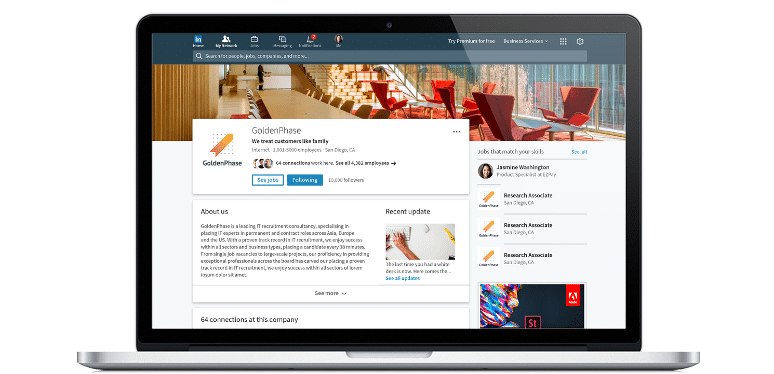
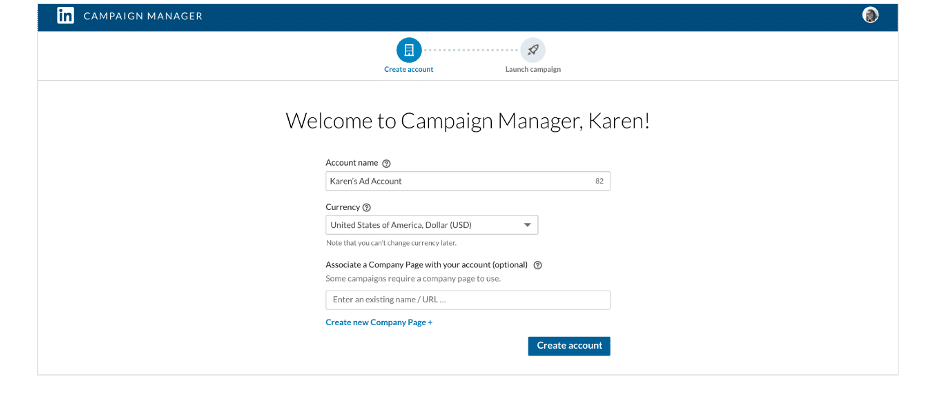
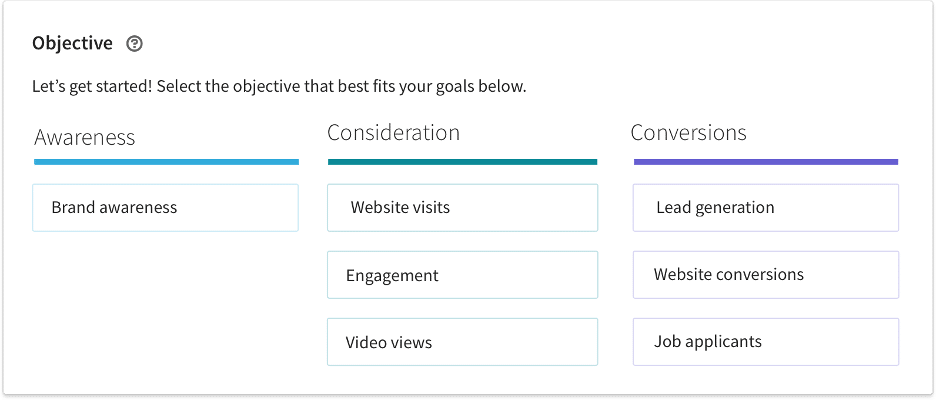

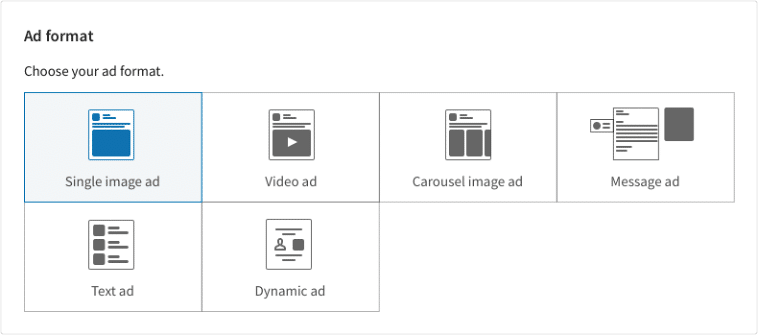
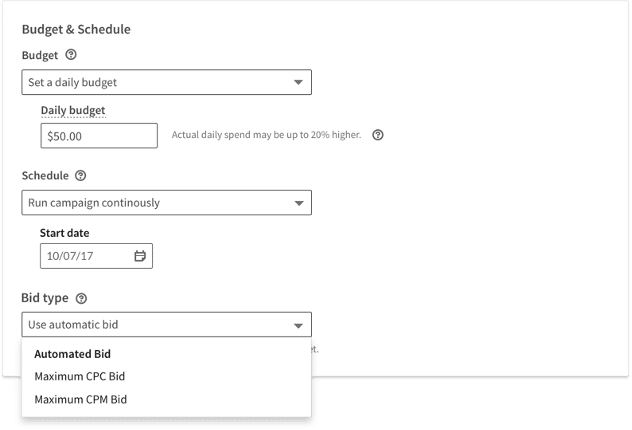
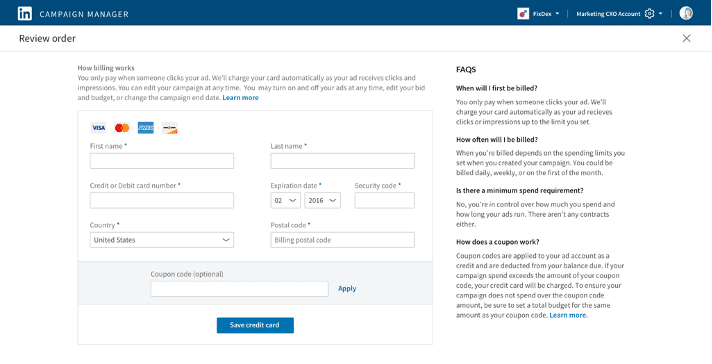
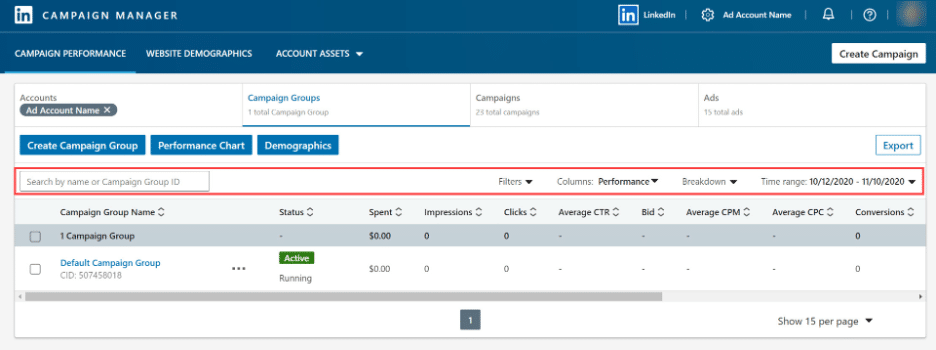


Comments
Post a Comment